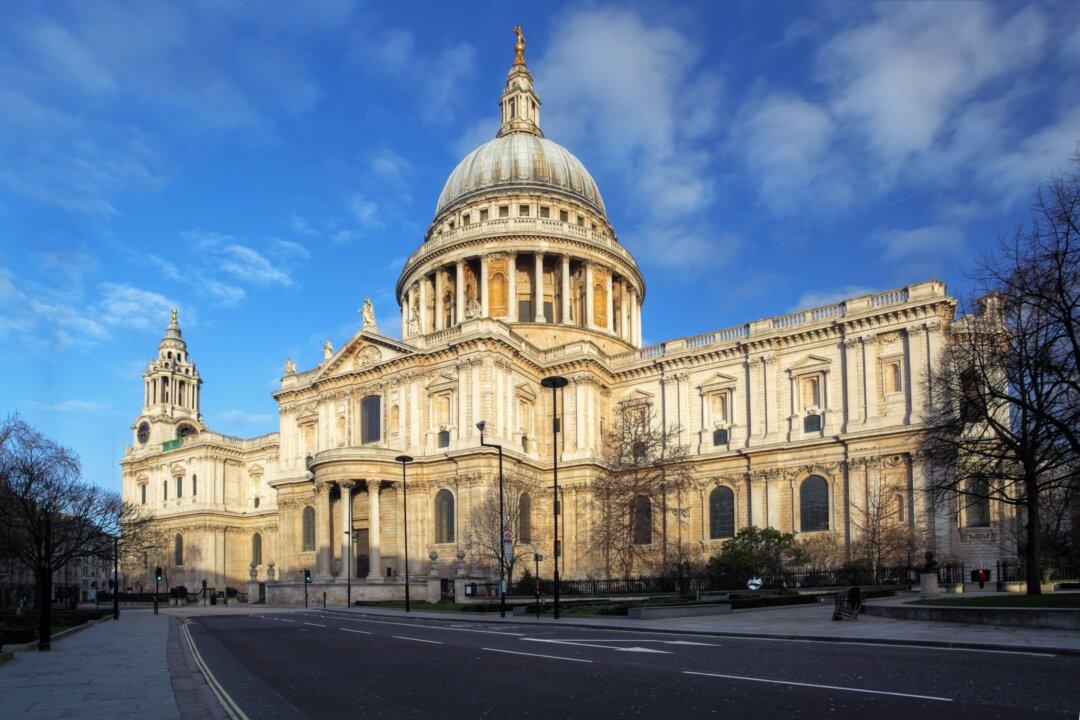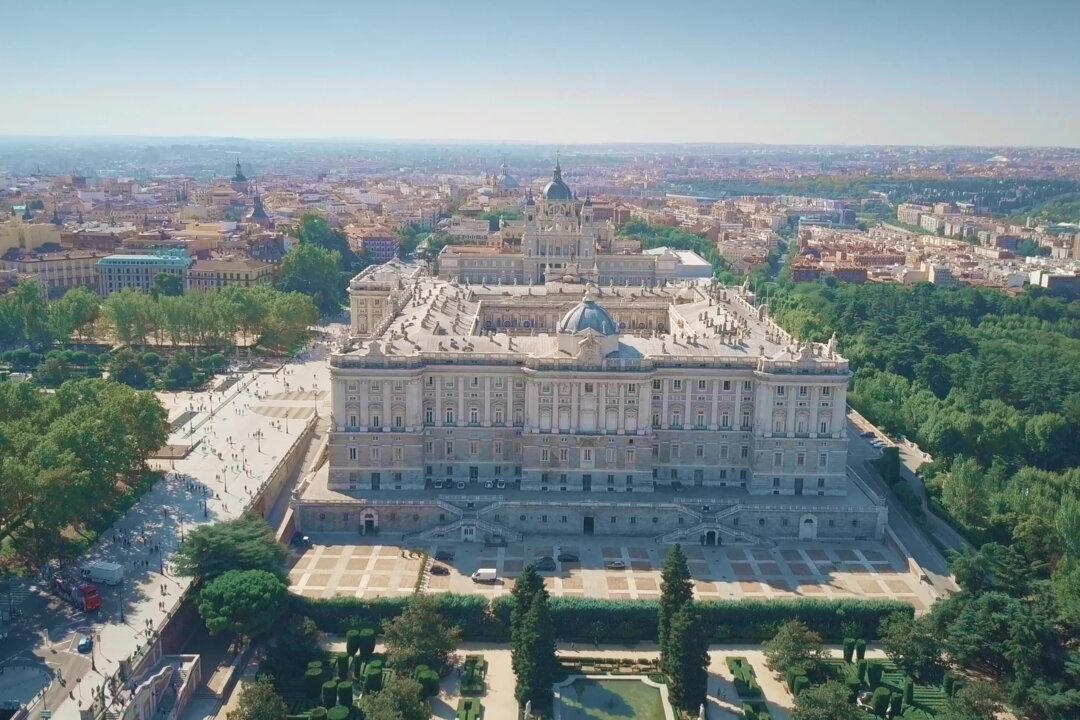Located in the heart of London, St. Paul’s Cathedral encompasses more than 1,400 years of history, having been rebuilt multiple times across the centuries. Originally constructed by the Bishop of London in A.D. 604, the cathedral was and remains dedicated to the Apostle Paul.
Following the original cathedral’s destruction by fire in 1087, William the Conqueror initiated the construction of a new church, a project that took more than 200 years to complete. The impressive new St. Paul’s, finished in 1240, was heavily influenced by the French Gothic style and was one of the largest churches in Europe.






